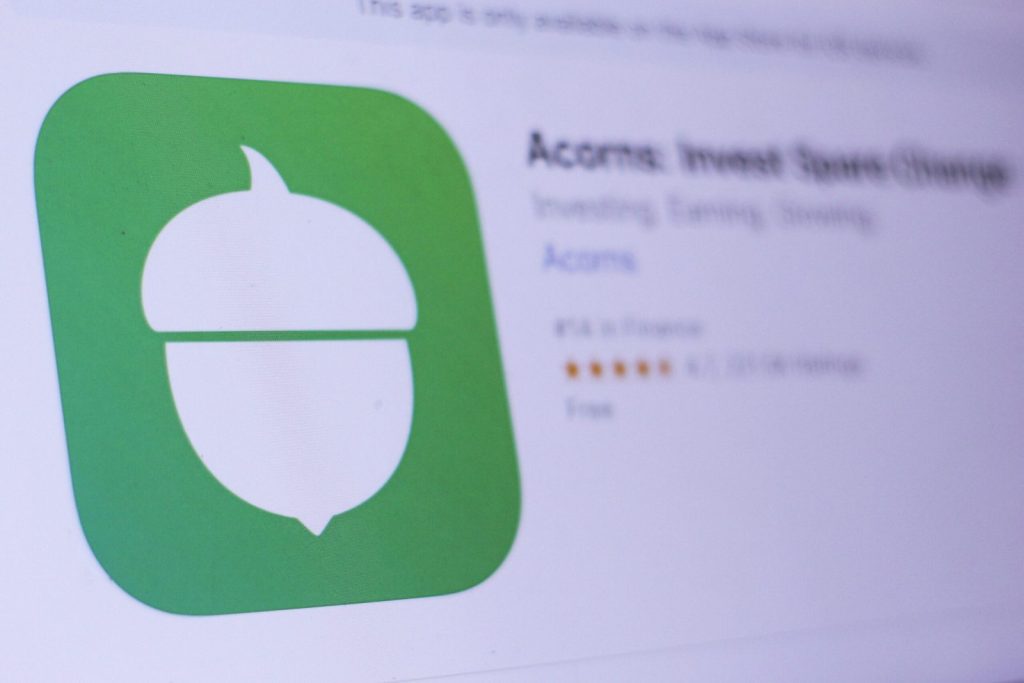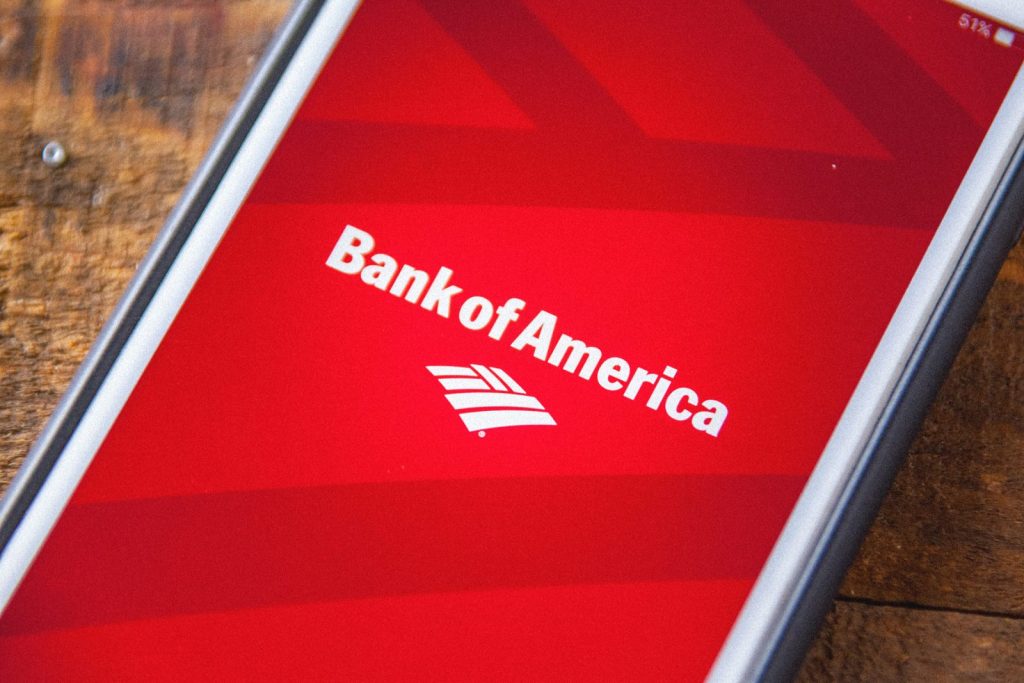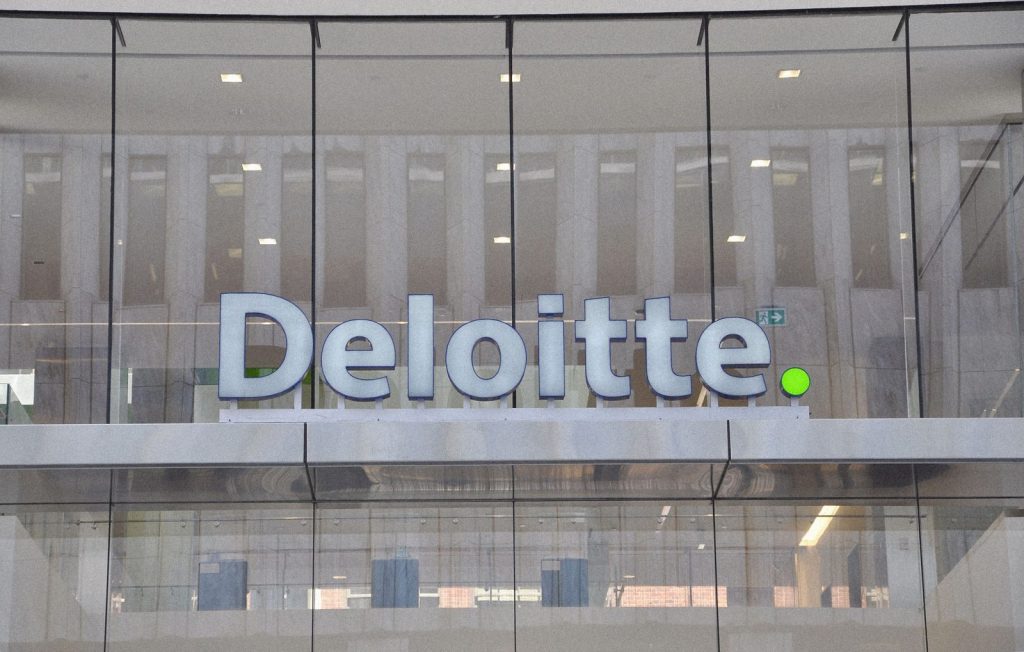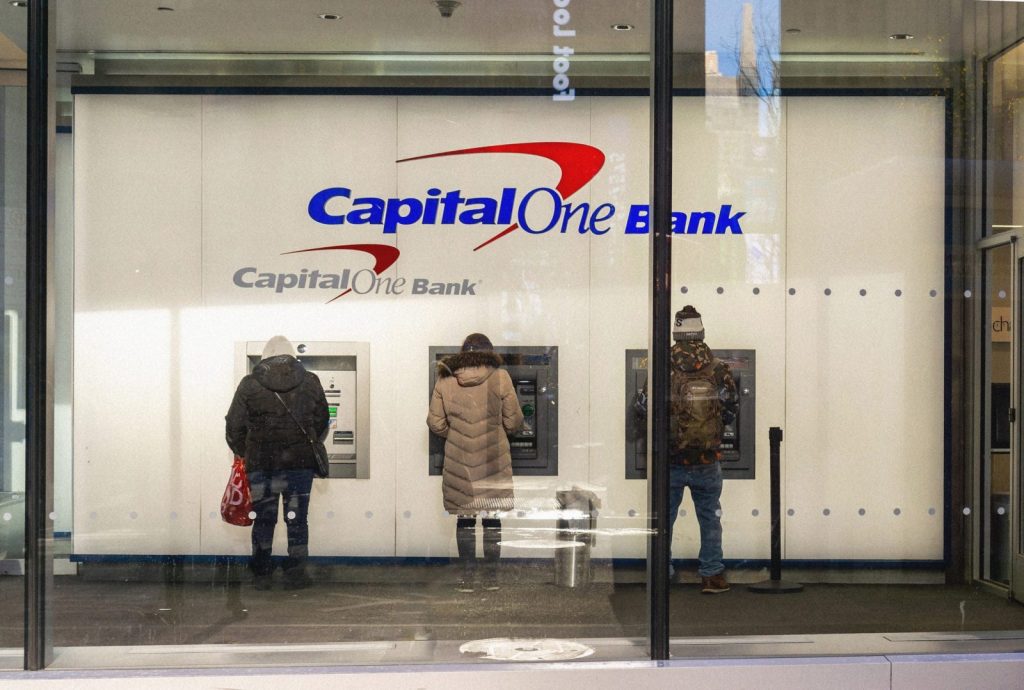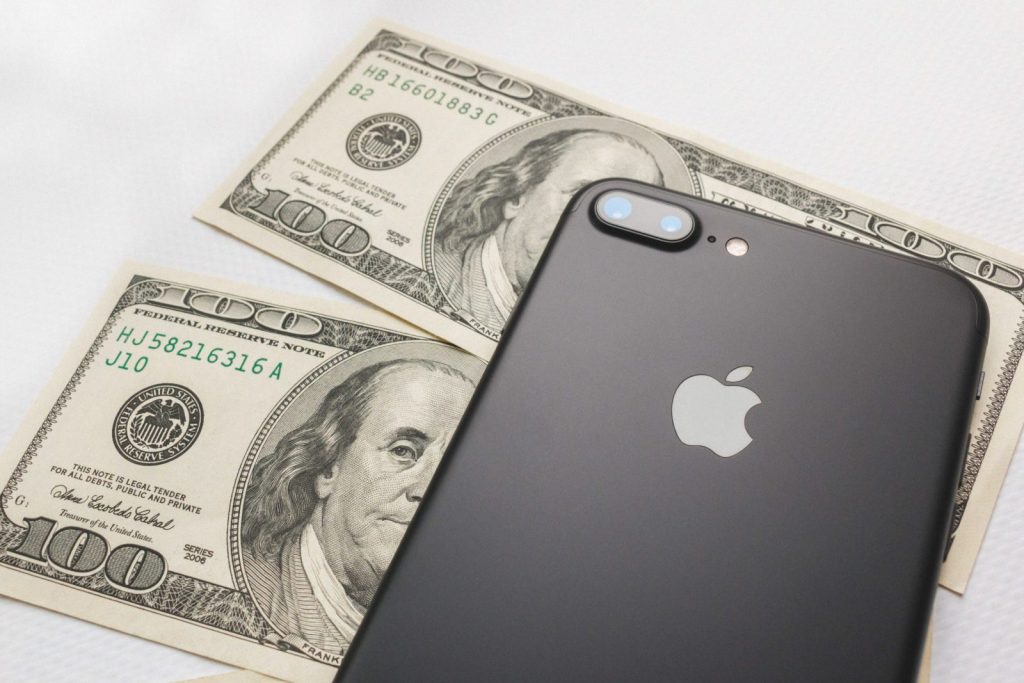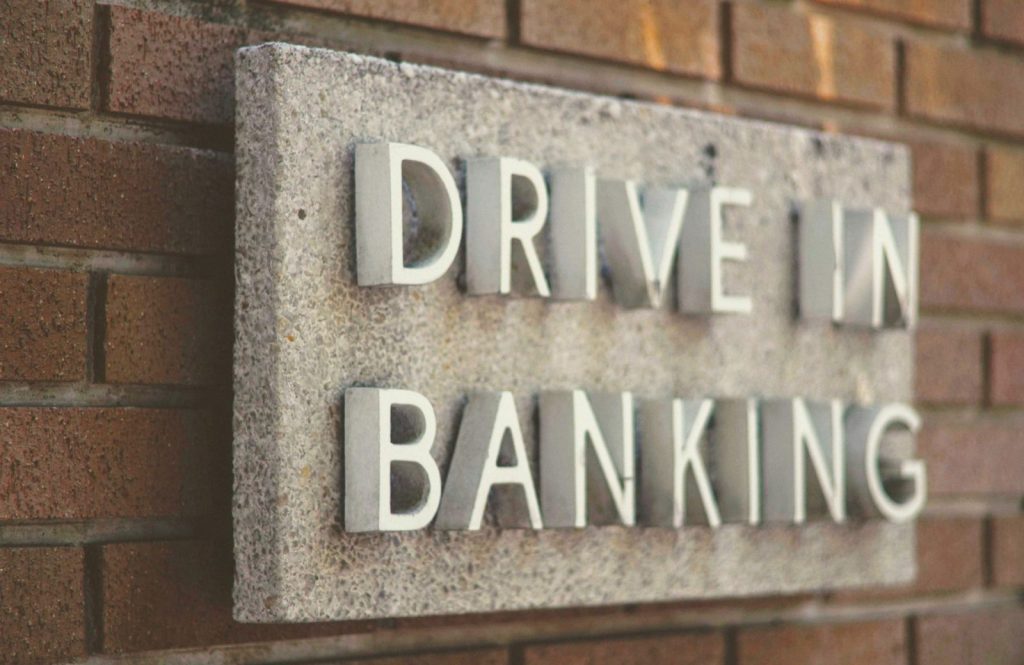4 Innovative Banking Moves Bank Marketers Can Admire
In an age of aggressive fintech marketing and consumer uncertainly, banks need to work harder to deliver innovative solutions and marketing messages. Tight budgets, changing consumer behavior, disrupted markets, and fierce competition from aggressive fintech marketing companies forced rapid transformation across the financial industry. Of course, the coronavirus pandemic encouraged banking to accelerate some of …
4 Innovative Banking Moves Bank Marketers Can Admire Read More »

